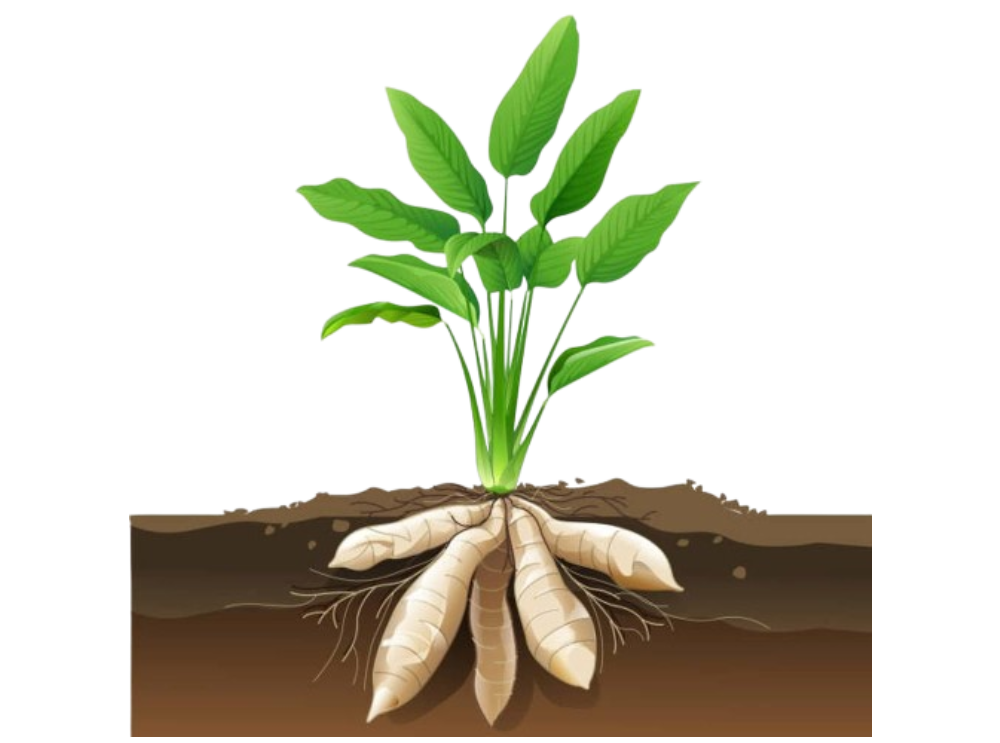Home > Arrowroot Farming
Arrowroot (Maranta arundinacea) is a perennial herbaceous plant known for its starchy rhizomes, which are used to produce arrowroot flour. It is a tropical plant native to the Americas and is widely cultivated for its culinary and medicinal properties. Arrowroot farming offers a sustainable and profitable agricultural venture, providing a valuable crop for food and industrial use.
Arrowroot is typically grown in tropical and subtropical regions with well-drained, fertile soil. The plant thrives in warm, humid climates and requires regular watering. Arrowroot can be propagated through rhizome division or by planting rhizome cuttings. It is a low-maintenance crop that requires minimal pest control and is ready for harvest within 8 to 12 months.
The harvested rhizomes are washed, peeled, and grated to extract the starch. The starch is then strained to remove impurities and dried to produce arrowroot flour. Arrowroot flour is a versatile ingredient used in cooking, baking, and as a thickening agent in various dishes.



Arrowroot Drinks is dedicated to crafting refreshing and nutritious beverages using arrowroot. Arrowroot drinks are gluten-free and packed with health benefits, perfect for the whole family.
WhatsApp us